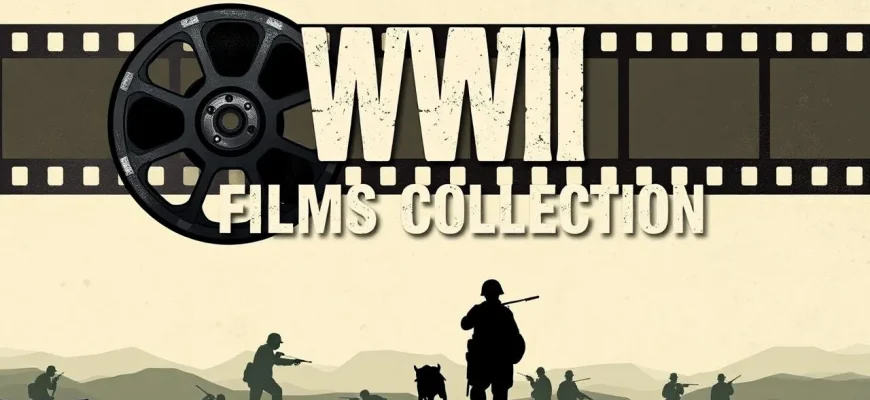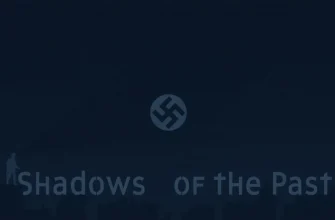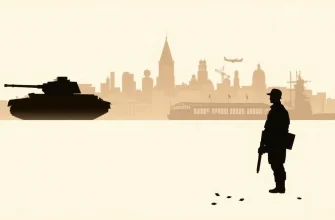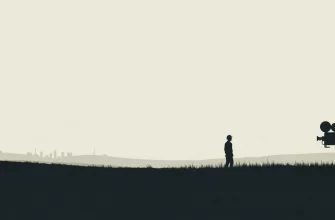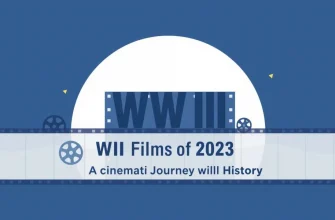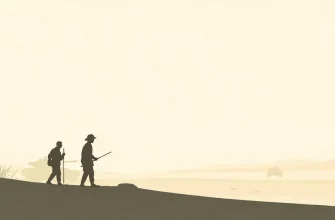World War II, a pivotal event in human history, has inspired countless filmmakers to capture its drama, heroism, and tragedy on screen. This curated collection of 10 films not only brings to life the harrowing experiences of those who lived through the war but also provides a lens through which we can understand the complexities of human nature during times of extreme adversity. From epic battles to intimate personal stories, these films offer a rich tapestry of narratives that resonate with audiences seeking to grasp the enormity of this global conflict.
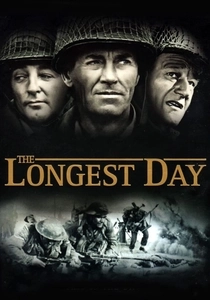
The Longest Day (1962)
Description: This epic war film provides a comprehensive view of D-Day from multiple perspectives, showcasing the scale and complexity of the invasion.
Fact: The film was shot in black and white to maintain historical accuracy, as color footage of the event was scarce.
 Watch Now
Watch Now 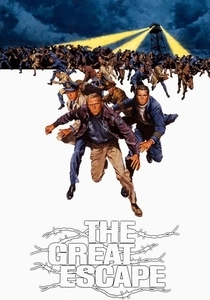
The Great Escape (1963)
Description: This classic film dramatizes the true story of a mass escape from a German POW camp, showcasing the ingenuity and camaraderie of Allied prisoners.
Fact: The film's iconic motorcycle jump was performed by stuntman Bud Ekins, not Steve McQueen, though McQueen did most of his own riding.
 Watch Now
Watch Now 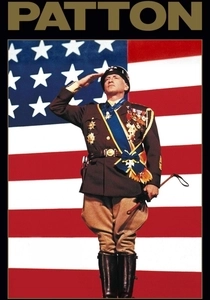
Patton (1970)
Description: George C. Scott delivers an iconic performance as General George S. Patton, exploring the complexities of a brilliant but controversial military leader.
Fact: Scott famously refused his Oscar for Best Actor, stating that competition between actors was like comparing apples and oranges.
 Watch Now
Watch Now 
A Bridge Too Far (1977)
Description: Based on the book by Cornelius Ryan, this film recounts Operation Market Garden, an ambitious but ultimately disastrous Allied airborne operation in the Netherlands.
Fact: The film boasts an all-star cast, including Dirk Bogarde, Sean Connery, and Michael Caine, making it one of the most star-studded war films ever made.
 Watch Now
Watch Now 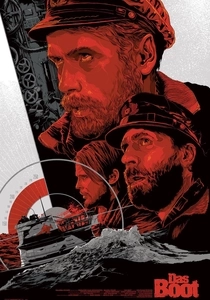
Das Boot (1981)
Description: This German film offers an intense portrayal of life aboard a U-boat during WWII, highlighting the psychological strain and claustrophobia experienced by the crew.
Fact: The film was shot in a specially constructed submarine set that was so realistic, it caused some actors to suffer from claustrophobia.
 Watch Now
Watch Now 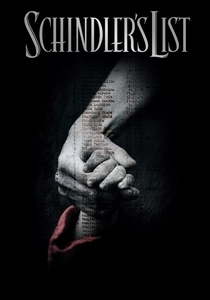
Schindler's List (1993)
Description: Directed by Spielberg, this film tells the true story of Oskar Schindler, a German businessman who saved over 1,000 Jewish refugees by employing them in his factories during the Holocaust.
Fact: The film was shot in black and white to evoke the era's newsreels, with the exception of a poignant red coat worn by a little girl, symbolizing innocence amidst the chaos.
 Watch Now
Watch Now 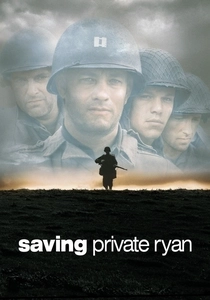
Saving Private Ryan (1998)
Description: This Steven Spielberg masterpiece is renowned for its visceral depiction of the D-Day invasion, offering an unflinching look at the horrors of war and the bonds formed in the face of adversity.
Fact: The film's opening sequence was so realistic that it caused some veterans to relive their traumatic experiences, leading to the provision of counseling services on set.
 Watch Now
Watch Now 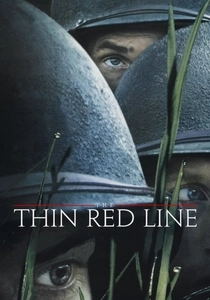
The Thin Red Line (1998)
Description: Terrence Malick's poetic exploration of the Guadalcanal Campaign delves into the inner lives of soldiers, juxtaposing the beauty of nature with the brutality of war.
Fact: The film features a large ensemble cast, but many of their scenes were cut, leaving some actors with minimal screen time.
 Watch Now
Watch Now 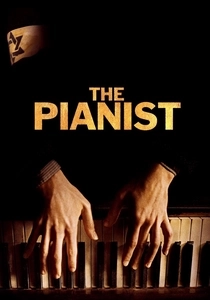
The Pianist (2002)
Description: Roman Polanski's deeply personal film follows the life of Władysław Szpilman, a Polish-Jewish pianist who survives the Warsaw Ghetto and the Holocaust through his music and resilience.
Fact: Polanski, himself a Holocaust survivor, refused to accept his Oscar in person, citing the war in Iraq as his reason.
 Watch Now
Watch Now 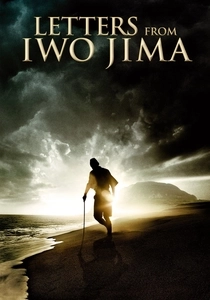
Letters from Iwo Jima (2006)
Description: Clint Eastwood's companion piece to "Flags of Our Fathers," this film provides a Japanese perspective on the Battle of Iwo Jima, focusing on the humanity of the soldiers.
Fact: The film was shot in two languages, with Japanese actors speaking their native tongue, and the script was translated by a Japanese-American historian.
 Watch Now
Watch Now 
